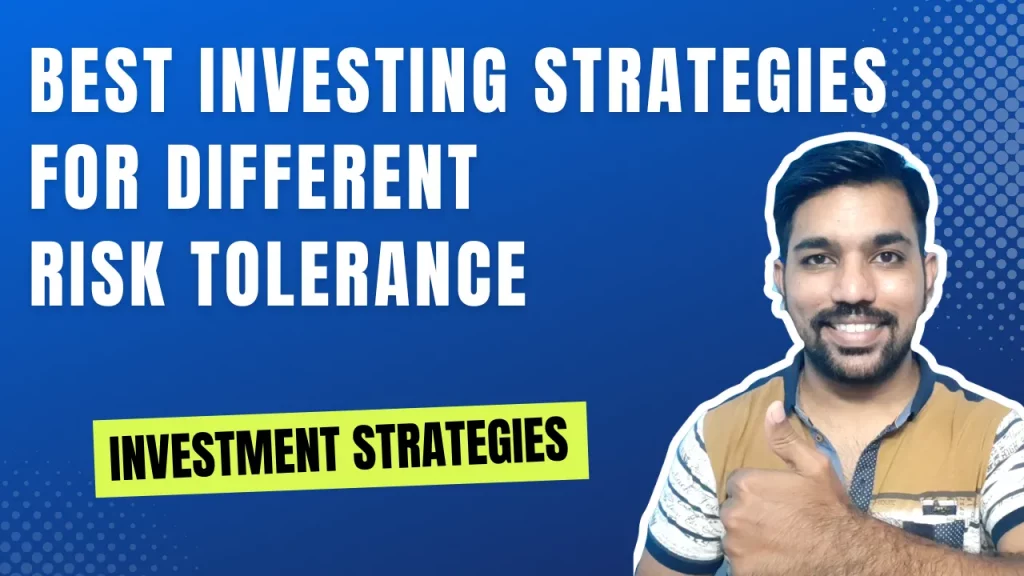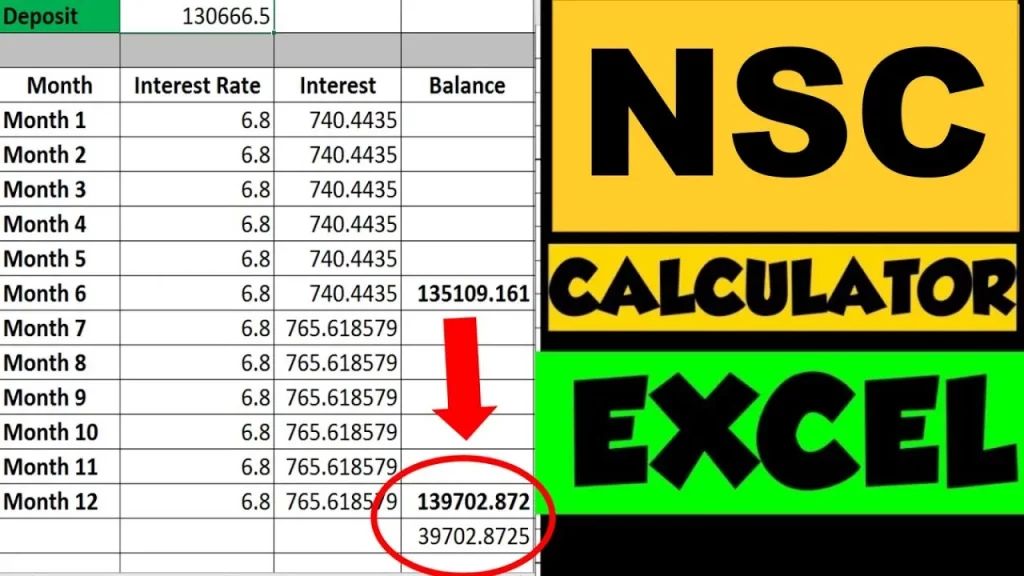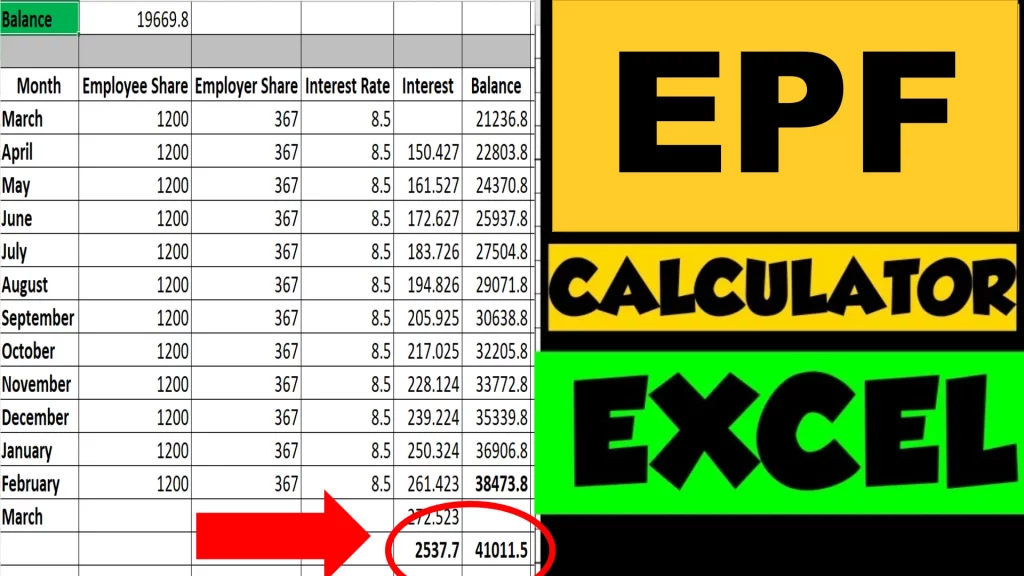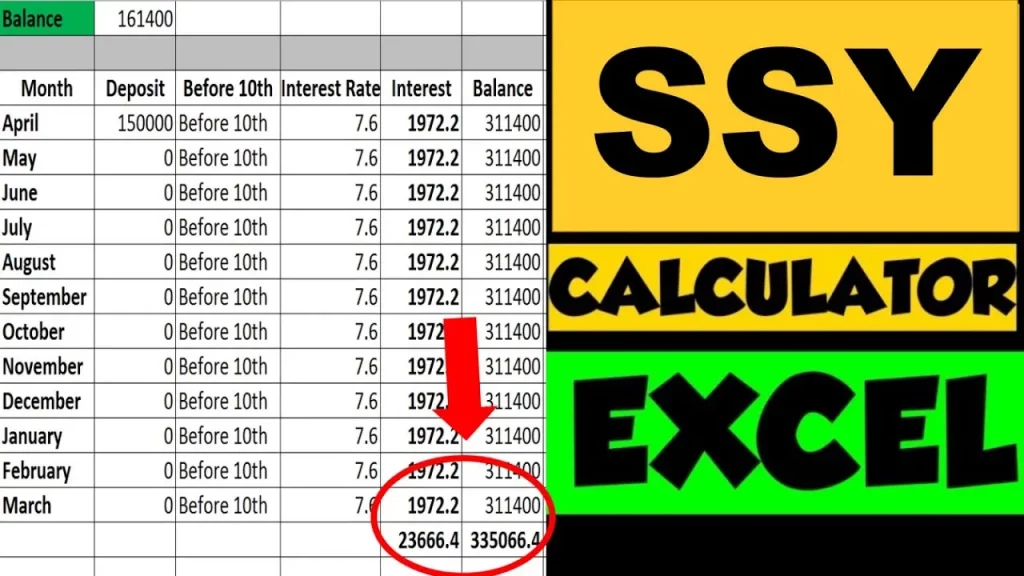Based on your risk tolerance, your Best Investment Strategies must be designed and selected to achieve your financial goals. Different people have different risk tolerance and based on this factor, it is very important to design your investment strategy. You should be categorizing your goals depending on short term, mid term or long term financial goals.
Let us understand the various investment strategies for different risk tolerance. It is important to identify your risk tolerance and go ahead with your investments.
Understanding Risk Tolerance
Risk tolerance is your ability and willingness to accept potential losses while working towards earning higher returns. It’s a personal assessment and identification that influences your investment choices.
Below are some of the risk tolerance levels:
- Low Risk Tolerance: In this case, you are very conservative about your capital and don’t want to lose money. You mainly like investments such as fixed deposits, recurring deposits, liquid funds which have very low risk associated with them.
While you opt for such low risk investment schemes, the returns you might get will be also low compared to high risk investments. Mainly people who have already retired can go for low risk investment schemes. - Moderate Risk Tolerance: You are comfortable to take moderate risk to increase your returns. This tolerance is between low and high risk tolerance. Investment schemes can include high interest fixed deposits in small finance banks, hybrid mutual funds that invest some portion into equity mutual funds. This tolerance is best for people who are close to their retirement age.
- High Risk Tolerance: In this case, you are comfortable to take high risk like investing in direct stocks or equity mutual funds. You take the high risk in order to make high returns over a period of time. It is important that you need to give time to market in order to get better returns.
People with high risk tolerance can also do day trading where they can either make huge profits or suffer loss of their capital. Mostly young people between 20 to 40 years should be taking high risk to grow their money exponentially during this phase of time.
Factors influencing risk tolerance
There are multiple factors that can affect the risk tolerance of a person, below are some of the factors:
- Age: Your age can define the risk tolerance you are comfortable with. If you are very young, in your 20s or 30s, you can accept the high risk tolerance since you have 30 to 40 years before your retirement and can try our different investing strategies.
Same is not true when you are in your 60s and want to preserve capital if interest amount is the only source of income that helps you to cover your daily expenses - Financial situation: Risk taking ability also depends on your current financial situation. Based on your income that helps you to invest good amount of money, and if you don’t need that money in near future, you can take high risk and invest in high returns schemes.
Where as if your income does not allow you to invest in high risk investment schemes, you are better off with investing in low risk saving schemes - Investment goals: Also, based on the financial goals, your risk tolerance can be defined. For example, if your goal is long term of at least 7 to 10 years, you can opt for high risk equity mutual funds, which have given almost 12% to 15% CAGR returns (Compound annual growth rate) on average in past 15 years.
Where as if you financial goal is for 6 months to 1 year, it is better to opt for fixed deposits or recurring deposits which are low risk investments.
Let us now understand what are the different investment strategies or schemes based on your risk tolerance.
Investment Strategies for Different Risk Tolerances
1. Low Risk Tolerance
For people belonging to low risk tolerance – such as for those who want to preserve capital and earn some interest amount as well, below are some of the investment strategies:
- Cash: You can save cash in your regular savings account in bank. This can yield around 3% returns over a year and can also help you liquidate cash quickly in case of emergencies. Hence, this can be a part of emergency fund as well.
- Fixed Deposits: Fixed deposit (also called as term deposit) helps you to park your money for short period of time between 7 days to 1 year. You can also open fixed deposit up to 5 years as well. It helps you preserve your money during the tenure with better returns compared to savings account. You can also park your emergency fund in fixed deposits.
Interest from fixed deposits are taxable based on tax slab rates. For senior citizens, you can get deduction up to R.s 50,000 in financial year with Section 80TTB - Debt or Liquid Mutual Fund: These mutual funds help you to park money in low risk investments and can provide returns similar to fixed deposits. Note that returns from these mutual funds are taxed based on short term or long term capital gains.
2. Moderate Risk Tolerance
Below are some of the investment strategies for people who can take moderate risk in order to get better returns compared to savings account and fixed deposits:
- Balanced Funds: Balanced Mutual Fund or hybrid mutual fund allows you to invest in debt instruments and equity as well. The equity allocation helps you to grow your money over a period of 5 to 7 years as this money is invested in stocks of the companies. On other hand, debt instruments help you to preserve your capital and earn decent interest amount, thus balancing your risk
- Index Funds: Index funds are the types of mutual funds that invest in top companies. Examples include Nifty – which invest in top 50 companies in India based on market capitalization under NSE exchanges and Sensex – which invest in top 30 companies in India under BSE exchange.
These top companies have already developed well-established business that helps them grow at steady pace with 10-12% returns on average every year. - Real Estate: If you have lumpsum amount to be invested and have good knowledge about how real estate works, than you can buy a new house or apartment and generate rental income from such property. While buying a new property, most people opt for home loan, so they can gradually pay the EMIs using the rental income they generate from property
- Gold: Investing in gold is also considered as moderate risk, since it allows you to save for future needs. Gold appreciates at average rate over time and also attracts many women in India!
3. High Risk Tolerance
Young people in their 20s and 30s can take high risk to grow their money exponentially, and below are some of the investing strategies for them:
- Investing in Stocks: Stock market investing will help you to invest in growth stocks that can grow the money exponentially based on their business model. It is important to carefully assess the companies before you start investing in stock market
- Small-Cap Stocks: You can invest in small cap stocks or mutual funds, that are ready to take high risk to grow their business. While the company take high risk to explore and scale their business, you get benefit in terms of high returns when the price of their stock increases
- Mid cap and Small cap mutual funds: Investing in mid cap or small cap mutual funds is also a good option for better returns if you don’t have time to assess the financial statements of the companies. If you have a day job, it might be difficult to study amount companies before investing in direct stocks, in which case you should be investing in mutual funds via SIP
Important Considerations
While you are using various investing strategy based on your risk tolerance and financial goals, below are some considerations before you take financial decisions
- Diversification: Diversification means spreading your money across various investing schemes. It is not wise to put all your money in a single compony or mutual fund. You should be having some amount as emergency funds in savings account or fixed deposit, and also invest in debt funds or index funds apart from having investments in high risk schemes such as small cap stocks or mutual funds.
This will help you to not lose your entire principal amount in case of any bear market, and you have some back up investments to rely on to cover monthly expenses - Rebalancing: You should be regularly assessing your investment portfolio and rebalance or make changes wherever required. This would include checking the returns of a mutual fund and switching to another mutual fund if the returns are not as per your expectation. Also, balancing the ratio of debt investments to equity investments based on your age and financial goals.
This balancing must be done at least once in a year. - Professional Advice: Seeking help from financial advisor is of great importance. The financial advisor has all the experience based on the studies and market conditions to suggest you the changes in your investing strategy
- Consistency: When you are investing in mutual funds via SIP, it is important to note that you won’t see returns instantly. It takes time for the market to provide you better returns over a period of 3 years to 5 years and sometimes even more.
You should be consistent in your investments every month and be patient enough not to get emotionally distracted while you see a bear market where the prices of almost all companies stocks and mutual funds go down. This will actually test your risk tolerance.
Conclusion
Choosing the right investment strategy based on risk tolerance is essential for achieving your financial goals. By understanding your risk tolerance and carefully considering your options, you can build a portfolio that aligns with your needs and financial goals. Remember, investing is a long-term game, and patience and discipline are key to success.
Disclaimer: This article provides general information and should not be considered financial advice. Always consult with a qualified financial advisor before making any investment decisions.
Save Home Loan Interest Amount!
Use Home Loan Excel Calculator that will help you to Save Interest Amount on Home Loan EMI.
Click below button to download Home Loan EMI and Prepayment Calculator in Excel:
Watch how Home Loan Calculator in Excel Works
Income Tax Calculator App – FinCalC
For Income Tax Calculation on your mobile device, you can Download my Android App “FinCalC” which I have developed for you to make your income tax calculation easy.
What you can do with this mobile App?
- Calculate Income Tax for FY 2025-26 and previous FY 2024-25
- Enter estimated Investments to check income tax with Old and New Tax Regime
- Save income tax details and track regularly
- Know how much to invest more to save income tax
- More calculators including PPF, SIP returns, Savings account interest and lot more

Use Popular Calculators:
- Income Tax Calculator
- Home Loan EMI Calculator
- SIP Calculator
- PPF Calculator
- HRA Calculator
- Step up SIP Calculator
- Savings Account Interest Calculator
- Lump sum Calculator
- FD Calculator
- RD Calculator
- Car Loan EMI Calculator
- Bike Loan EMI Calculator
- Sukanya Samriddhi Calculator
- Provident Fund Calculator
- Senior Citizen Savings Calculator
- NSC Calculator
- Monthly Income Scheme Calculator
- Mahila Samman Savings Calculator
- Systematic Withdrawal Calculator
- CAGR Calculator
I’d love to hear from you if you have any queries about Personal Finance and Money Management.
JOIN Telegram Group and stay updated with latest Personal Finance News and Topics.
Download our Free Android App – FinCalC to Calculate Income Tax and Interest on various small Saving Schemes in India including PPF, NSC, SIP and lot more.
Follow the Blog and Subscribe to YouTube Channel to stay updated about Personal Finance and Money Management topics.





